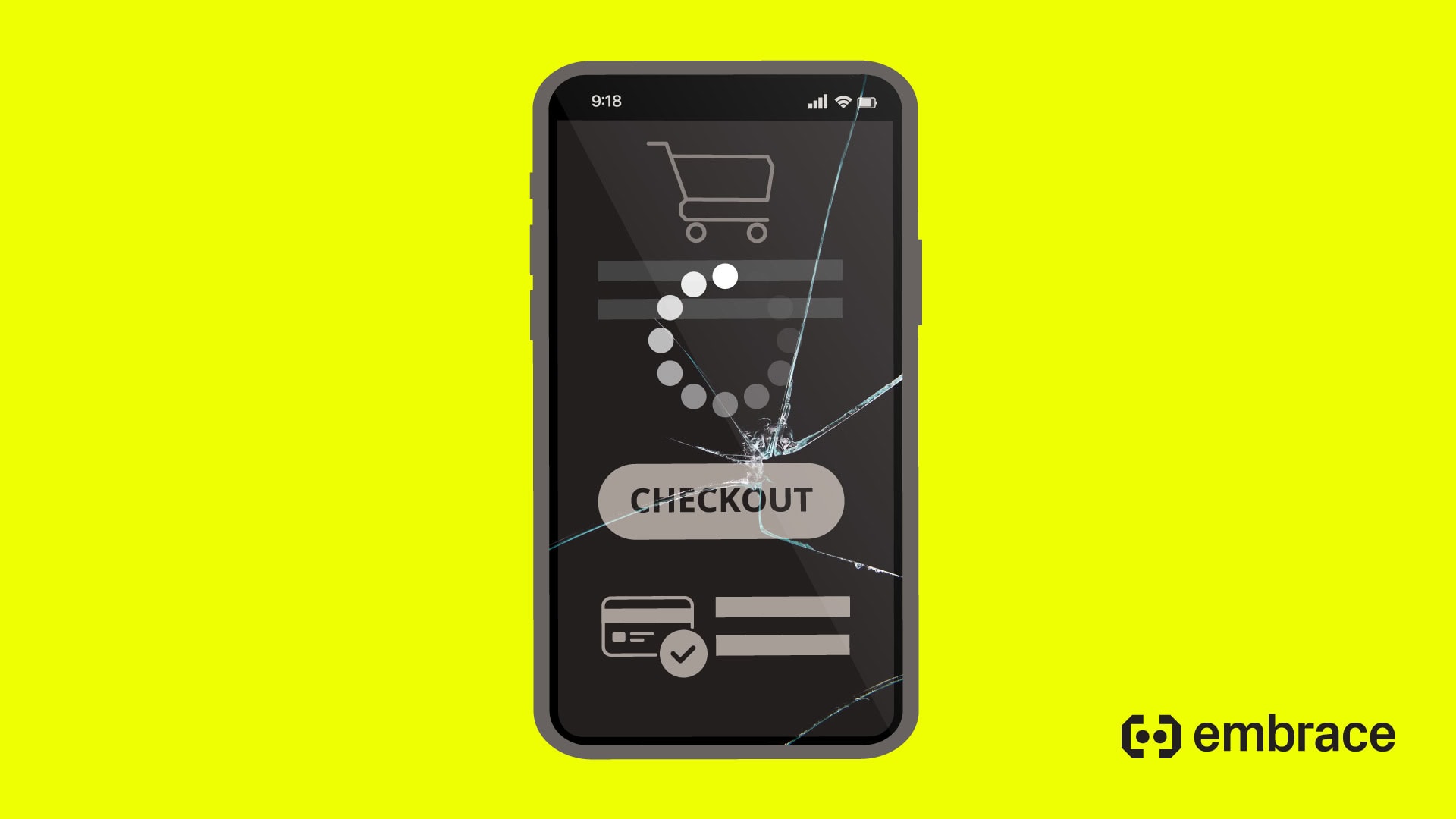The mobile gaming ecosystem is a crowded space: 385,551 gaming apps are available on the Google Play Store in Q3 of 2020 alone. Given that Newzoo predicts a 25.6% YOY increase in market value for the mobile games market, the number of competitors will only increase over time.
In the face of such competition, the best course of action for mobile gaming companies is to maximize retention and reduce churn.
The question is: How?
In this blog post, we’ll cover:
- Why churn is such a problem for mobile games
- The two main categories of churn: design vs. technical
- Why you should prioritize and solve technical churn
The scope of the problem
Mobile gaming companies face these issues:
- Customer churn is costly
Customer churn is when a customer, or user, leaves. In mobile games, it’s when your customer no longer plays your game, or worse, uninstalls. It’s estimated that businesses lose $1.6 trillion per year due to customer churn.
- Rising cost of acquiring paying users
Cost Per Install (CPI) is an important metric at about $1 to $1.5, but that’s just the initial benchmark. In fact, it’s not even the most important benchmark. Because most mobile games are initially free with in-app purchases, the most important benchmark is the cost of conversion at a whopping $43.88. Losing a paying user to churn is more costly than ever.
- 95% of users will leave within a month
On average, the top performing titles have a retention of 40% for day 1, 15% for day 7, and 6.5% for day 28. Viewed in reverse, that means about 95% of the money you spend just acquiring a user (not even a paying user!) will go down the drain due to expected churn. Yikes.
- Every flavor exists
As we initially stated, the mobile games market is saturated; you cannot depend on your mobile game app being unique within its genre — and that’s with us avoiding discussing the pervasive problem of copycat games. When it’s difficult to differentiate your mobile game from the competition, unhappy users will be more than happy to try out your competition until they find the one they like.
Root of churn
What causes churn? These are the most common reasons for churn:
- Game complexity
- Lack of social interactions
- Moved to similar competitor
- Content drought
- Repetitive
- Paywall
- Too many push notifications
- Aggressive attempts to convert
- Too many ads
- Crashes
- Freezes/ANRs
- Lag
- Blank Screens
- Excessive memory/CPU usage
- Excessive battery drainage
We can further divide those reasons into two different categories:
Design churn:
- Game complexity
- Lack of social interactions
- Moved to similar competitor
- Content drought
- Repetitive
- Paywall
- Too many push notifications
- Too many ads
- Aggressive attempts to convert
Technical churn:
- Crashes
- Freezes/ANRs
- Lag
- Blank Screens
- Excessive memory/CPU usage
- Excessive battery drainage
You’ll notice that the two categories of churn require different approaches from different teams. Design churn is the responsibility of the game design team, and the methods of solving design churn varies across individual games and genres.
However, solving technical churn is universal. Your users shouldn’t waste time waiting, troubleshooting, or otherwise struggling to play your game during the time they have allocated for your app — if it’s bad enough, every flavor already exists and they’ll just move to a similar competitor with fewer technical issues.
In fact, technical failure ruining the intended experience is one of the biggest causes of churn:
- 79% of users will only retry an app once or twice if it failed to work the first time.
- 70% of users will abandon an app because it takes too long to load.
- 71% of app uninstalls are because of crashes.
- 18% of users will delete an app immediately if it freezes for just five seconds.
So the root causes of churn are design and technical issues. Of the two, technical churn is the problem mobile game teams are not prioritizing enough.
Prioritize solving technical churn
Churn from design is a broadly covered topic. Many blogs feature various best practices to evaluate the KPIs and ROIs for solving design churn.
Few, however, discuss solving churn as a result of technical execution. For example, while GDC has many talks by designers about how to evaluate and improve upon the FTUE (First-Time User Experience) funnel to retain users through design, there is a mind-boggling dearth of churn evaluation as a result of technical issues.
This is why mobile gaming companies should emphasize solving technical churn alongside design churn. Consider this: in the broad ecosystem of games on the app store, almost all of them are thinking about the FTUE and retention rate through design because of how much it has been covered. That means reducing churn through design alone is now the baseline.
Evaluating technical churn
Technical churn should be evaluated the same ways design churn has been evaluated, just taking the questions and applying them to the technical aspects of the mobile app.
- What technical aspects of your mobile game app are driving users away?
- Do you know which screens they force quit on?
- Do you know which parts of your game load the slowest?
- Do you know the CPU and memory consumption of your game?
All of these are important questions to consider for reducing mobile game churn. Even the most perfect FTUE design will go wasted if your technical execution causes churn. Remember: less than 15% of mobile games retain 35% of players after day 1. Pokemon GO had one of the most infamous game launches of all time, and if you read the Guardian’s review the very first complaint was the technical problem, not the design (which comes later in the same paragraph).
You spend a lot of time and money building your games. You hope that they will run perfectly for every user. But the reality is that your users will play your game in countless, unanticipated circumstances.
They play them under various combinations of factors, such as:
- Devices
- OSs
- Versions
- Regions
- Network Connections
A very important question to ask your mobile team is, “How can we analyze our game’s technical execution?”
The tools for a solution
To solve technical churn, the engineering team needs to have the tools necessary to gain insight into where the user experience is breaking down because of technical instability. This means the tooling needs to fulfill certain requirements.
Imagine you had tooling that was built from the ground up to monitor complete user experiences as opposed to individual events.
- You could identify latency and freezes by looking at every network call in a session.
- By collecting device data throughout each session, you could see which parts of the game use excessive CPU, memory, or battery.
- You could see where users force quit your game and trace churn to the exact user journey that caused it.
The optimal way to improve upon technical churn is to understand the user’s technical experience. Similar to observing players playing the game and understanding at what point in the FTUE funnel they begin to lose interest, the engineering team should have similar access to the players’ experience during the game.
After all, technical stability is what props up the game design; having complete observability into the user experience is how you will solve technical churn and improve retention rates. Instead of manually piecing together visibility across several tools, the ideal tool allows you to inspect complete user experiences out of the box.
How Embrace helps mobile gaming teams
Embrace is a data driven toolset to help mobile engineers build better experiences. We are a comprehensive solution that fully reproduces every user experience from every single session. Your team gets the data it needs to proactively identify, prioritize, and solve any issue that’s costing you users or revenue.
Need help improving the performance and stability of your Unity games? Take our SDK for a spin!




